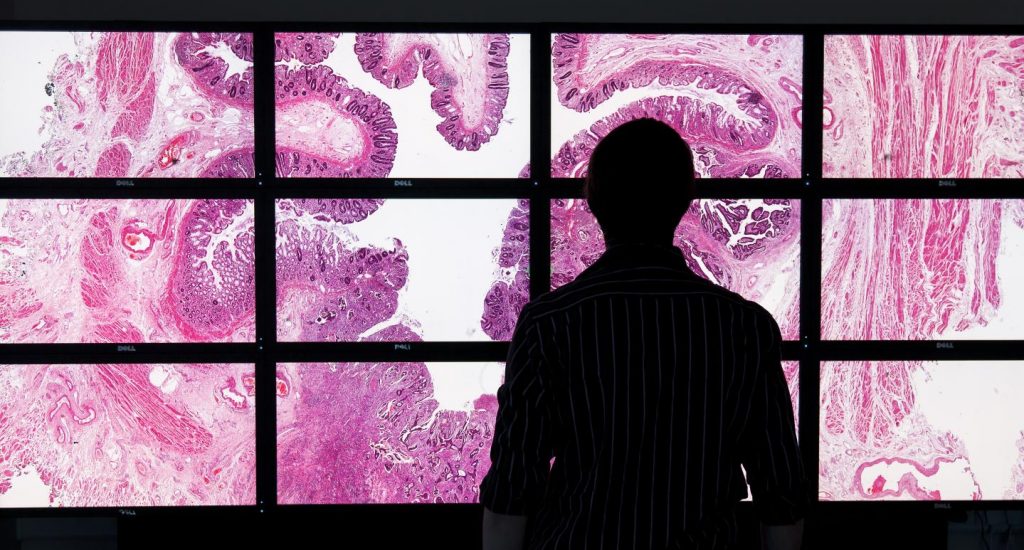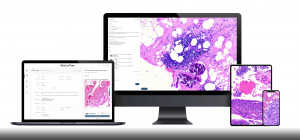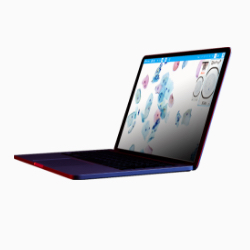Medical University of Innsbruck, Otto-von-Guericke University Magdeburg, Medical University of Graz
This article from Pathology – Research and Practice summarizes the current developments and looks forward to the future landscape of digital pathology, from clinical to teaching and education applications.
Abstract:
Information, archives, and intelligent artificial systems are part of everyday life in modern medicine. They already support medical staff by mapping their workflows with shared availability of cases referral information, as needed for example, by the pathologist, and this support will be increased in the future even more.
In radiology, established standards define information models, data transmission mechanisms, and work-flows. Other disciplines, such as pathology, cardiology, and radiation therapy, now define further demands in addition to these established standards. Pathology may have the highest technical demands on the systems, with very complex workflows, and the digitization of slides generating enormous amounts of data up to Gigabytes per biopsy. This requires enormous amounts of data to be generated per biopsy, up to the gigabyte range.
Digital pathology allows a change from classical histopathological diagnosis with microscopes and glass slides to virtual microscopy on the computer, with multiple tools using artificial intelligence and machine learning to support pathologists in their future work.








